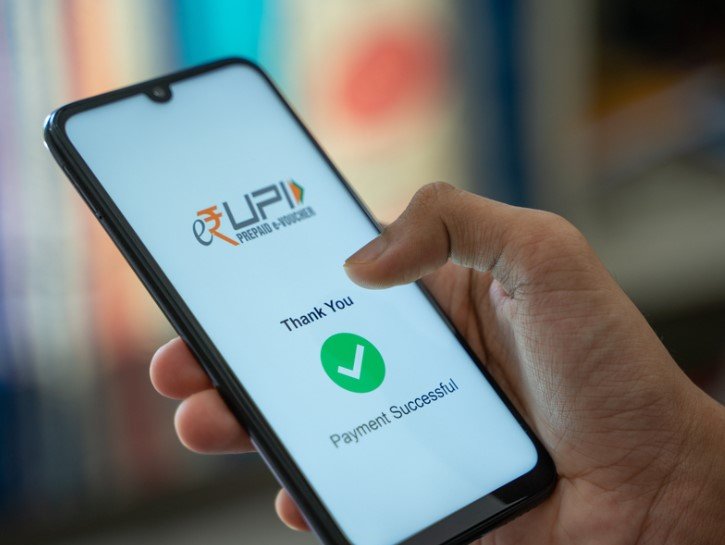India’s banking system has come a long way—from colonial-era beginnings to a digital revolution. What started with old Presidency Banks has now blossomed into one of the most digitally advanced and inclusive financial ecosystems on the planet. The journey wasn’t overnight. It involved decades of reforms, tech leaps, and bold policy moves steered mainly by the Reserve Bank of India (RBI) and the Finance Ministry.
Today, with the rise of UPI and trials of the digital rupee, India seems ready for its next big leap in finance.
From Colonial Banks to a National Financial Powerhouse
The story begins in the 1800s with the Presidency Banks—the Bank of Calcutta in 1806, Bank of Bombay in 1840, and Bank of Madras in 1843. These early institutions laid the groundwork for modern banking but were limited in reach and purpose, mostly serving colonial interests.
Fast forward to 1935, when the Reserve Bank of India was established as a central bank with powers to regulate currency and credit. The RBI’s creation was a pivotal moment, marking the shift toward a national banking framework.
Independence brought its own challenges. The government pushed for financial inclusion, leading to a series of nationalisations starting in 1969 under Indira Gandhi. This move aimed to bring banks under public ownership to expand credit access beyond the urban elite to farmers, small businesses, and rural India.
The 1991 economic reforms further shook things up by liberalising the sector. Private banks entered the scene, competition increased, and technology slowly began seeping into banking processes.

The UPI Revolution: Changing How India Pays
If the banking sector was a train chugging along for decades, the introduction of the Unified Payments Interface (UPI) was the rocket boost it needed. Launched in 2016 by the National Payments Corporation of India (NPCI), UPI turned digital payments upside down.
UPI allowed instant, easy, and interoperable payments across different banks via smartphones. Suddenly, sending money wasn’t a chore but a few taps away—even between strangers, businesses, or government agencies. This was a game changer, especially for a country with over a billion mobile phone users.
What really propelled UPI was its simplicity and inclusiveness. No more bulky bank details or complex forms. Just a Virtual Payment Address (VPA), and money moved like magic. By 2025, UPI processes over 10 billion transactions a month—a mind-boggling figure that highlights how deeply it has penetrated everyday life.
The pandemic years only accelerated digital adoption, pushing millions more into the UPI ecosystem. It’s now a lifeline for small merchants, gig workers, and the informal economy.
Digital Rupee: The Next Frontier for Indian Finance
While UPI has revolutionised payments, the Reserve Bank of India is eyeing an even bigger innovation: the digital rupee. Essentially a Central Bank Digital Currency (CBDC), the digital rupee promises to be a government-backed, digital form of legal tender.
RBI started pilot programs in 2024, testing this new currency with select users and merchants. The digital rupee could potentially reduce transaction costs, improve transparency, and help combat fraud and black money.
Unlike cryptocurrencies, the digital rupee would be fully regulated and stable, offering a trustworthy alternative for digital transactions. It might also change how monetary policy is implemented, giving RBI more direct tools to influence the economy.
Here’s how the digital rupee could impact banking and finance:
-
Instant settlement without intermediaries
-
Reduced dependence on cash and physical infrastructure
-
Greater financial inclusion by reaching unbanked populations
-
Easier cross-border payments with fewer hurdles
Banking in India Today: Numbers That Tell a Story
India’s banking ecosystem today is a blend of traditional banks, new-age fintechs, and digital payment platforms. The penetration of banking services is impressive but still uneven, with urban areas far ahead of rural regions.
A quick snapshot:
| Indicator | Latest Figure (2025) |
|---|---|
| Number of bank accounts | 1.8 billion |
| UPI Transactions per month | Over 10 billion |
| Digital payment volume growth | 35% year-on-year |
| Digital Rupee pilot coverage | 50,000+ users and merchants |
This data shows how much ground has been covered—and hints at how much more there is to do.
Challenges Ahead and the Road to Financial Inclusion
Despite tremendous progress, India’s banking story isn’t free of bumps. Cybersecurity remains a constant threat as digital transactions soar. Many rural and semi-urban users still face hurdles accessing basic financial services, either due to poor infrastructure or digital illiteracy.
Moreover, balancing regulation with innovation is tricky. RBI and the Finance Ministry must walk a tightrope—protecting consumers without stifling fintech startups and new technologies.
But there’s hope. The government’s push for digital literacy programs, expanding broadband connectivity, and fostering fintech partnerships are all steps in the right direction.
The future? It’s likely to see a convergence of AI, blockchain, and digital currencies shaping an Indian banking system that’s efficient, inclusive, and resilient.








